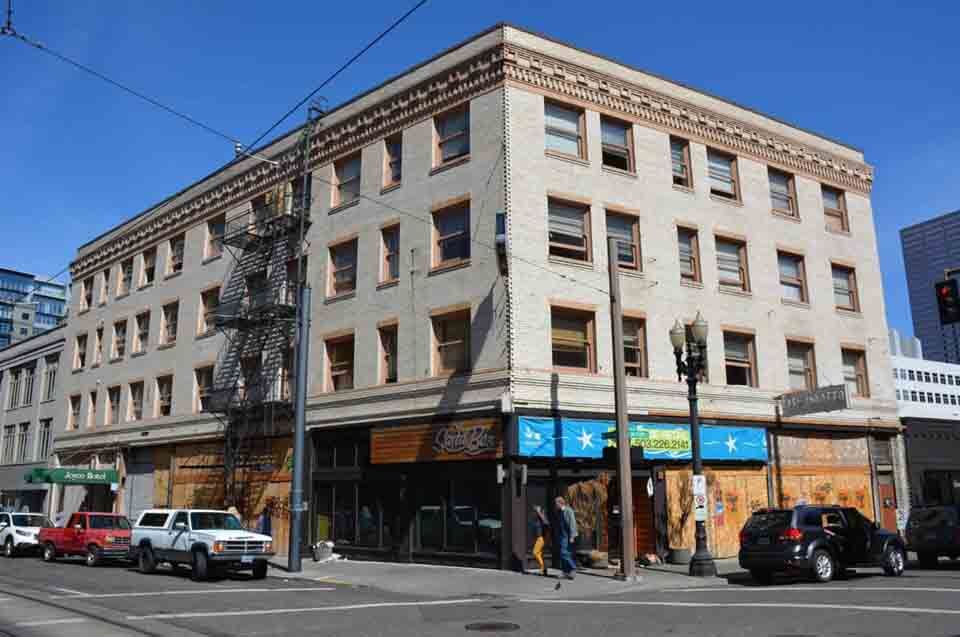Nearly Fifty Percent of Americans Cannot Afford Housing, Report Says

Nearly fifty percent of tenants in the U.S. cannot afford their rent right now. Since 2019 households earning between $30,000 and $74,999 annually saw a huge increase in the lack of affordable housing. A third of renters who are in full-time employment are still cost-burdened. Most people just cannot afford to pay their rent.
According to Whitney Airgood-Obryck, renters earning under $30,000 never thought that the rental could get any higher than in 2019. These are renters who already face great difficulty finding affordable housing. Airgood-Obryck is a senior research associate at the Joint Center for Housing Studies at Harvard University. She was one of the lead researchers who did a study on the cost of rent in the U.S.
Related: Gov. Tina Kotek’s 2024 Proposed Bill Seeks To Increase Primarily Affordable Housing
Research Findings of Unaffordable Housing
According to their research, these households (earning under $30,000) and many others are struggling with rental costs. In 2022, in the midst of the COVID-19 pandemic, more than half of households struggled as they paid more than 30% of their income toward utilities and rent.
Related: Southern Oregon’s Rental Assistance Programs
Airgood-Obrycki, as the lead researcher, said, “The surprising find was that the increase affected every single income bracket.” This upward trend affected a historic high of 83% of cost-burdened people. This upward trend caused a decrease in monthly surplus. After paying their rent, most end up with just $310; that is half the surplus they had before.
She further said that for those who normally seek to find alternative housing, there is no guarantee that there is cheaper housing available. “People might choose to live in less suitable neighborhoods, sacrifice quality schooling, and commute farther to find cheaper alternative housing. However, these trade-offs do not always guarantee cheaper housing.”
The Harvard report indicates that because of this increase in rental costs, homelessness was at a record high last year. According to housing experts and the Biden administration, though, they place the blame for it on the severe housing shortage. According to them, the housing shortage is also the reason for the price increases.
The executive director of the U.S. Interagency Council on Homelessness, Jeff Olivet, said, “Affordable homes for people to rent are scarce. It is like musical chairs when you try to combine the rapid rent increases and the struggle to get a place and hold onto it.”
Genuine Campbell is one of those who, over the past two years, saw how the cost of her housing rent just kept rising. She started out by paying $1,300 per month for her Philadelphia two-bedroom apartment and saw it rise to $1,600. This increase set this single mom of four back right at the time when her hours as a hotel valet were reduced. Inflation and utility costs added to her woes.
She had to make the call to either pay her bills or pay the rent. On top of it all, she said that the area was not even safe enough for her children to play outside. Even so, the rent is unaffordable for what she is earning. “To keep up with the rent, you have to be in a job, such as in a hospital or the police force.”
Campbell made the decision to move from the unaffordable apartment in Philadelphia to temporarily live with friends. She added extra work as a Lyft driver and hairdresser to supplement her income. She is hoping to use her tax refund to get a cheaper place for between $1,000 and $1,100 a month. As she said, “Even though it sounds like a fairy tale, I am going to look for an affordable place to stay.”
Market Cooling Won’t Help Much
However, there is some improvement in the market, but it is hardly likely that those struggling the most will benefit. These improvements include an ease in double-digit increases. Cities with the highest rent increases seemed to have eased on rental costs too. Furthermore, apartment construction has increased, which might ease the vacancy rates as well. However, this does not mean that the rent will come down. The cost of renting is still higher than before the COVID-19 pandemic.
related: Oregon Massive Tax Increases To Meet Housing Production
As Airgood-Obrycki says, “The buildings are high-end because of higher construction costs and because of higher demand of higher-income renters. The cost of new apartments is $1,400 or more per month; most renters cannot afford it.”
She further stated that they lost millions of low-rent units in the range of $600 a month or less. The Harvard report noted that, since 2001, the median rents rose by 21% while the renters’ median annual income only rose by 2 percent. This gap is just growing. Sadly, even though there are federal housing subsidies available and millions qualify, there isn’t enough funding for them.
Related: Ashland’s 8-Year Strategic Housing Plan

Comments are closed.